Name of the Experiment:
Study on the mechanism of lockstitch formation.
Introduction:
In the history of sewing, there have been many different techniques and stitches developed to join fabric pieces together effectively through the centuries. Sewing is an ancient art that is practiced for thousands of years. Lockstitch is one of the most commonly used and versatile stitches in sewing. This stitch class-300 is known as the lockstitch. Lockstitch is made by interlacing threads from two or more groups. The purpose of this experiment is to demonstrate how to create a stitch by using two thread groups linked together by entering into a fabric through interlacing. In this experiment, we will discover the meaning of stitch type-301. The formation of stitch type-301 requires the use of two threads, one of which is the needle thread, while the other is known as the bobbin thread.
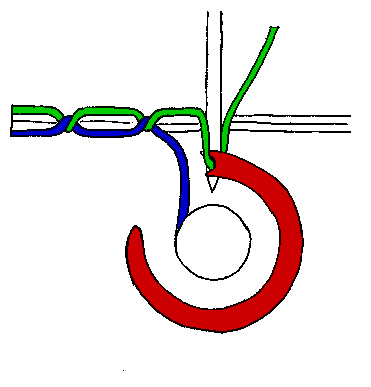
Objectives:
- Learn about the mechanisms involved in the formation of lockstitch.
- Learn more about sewing skills and knowledge and improve them.
- Create high-quality textile products by fostering creativity in the production process.
Mechanism of Lockstitch Formation:
There are a number of steps involved in the formation of the lockstitch. All of these steps are described step by step.
step-1:
After forming two stitches, the needle stays at its highest point for the formation of the third stitch. At this stage, the thread take up lever is also staying at its highest point during the formation of the third stitch.

step-2:
With needle thread, the needle enters into the fabric and reaches its lowest position, again comes up and stays in the same position for only a short period of time before returning to its original position. As a result, there is a needle thread loop formed as a result. As a result, the thread take-up lever starts moving downward at the same time as the needle thread loop begins to form, which becomes helpful when it comes to forming needle thread loops.
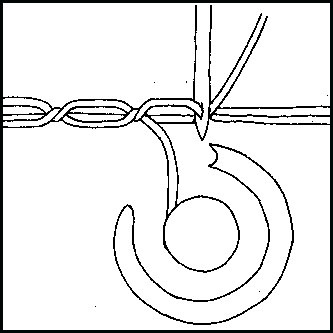
step -3:
It has been observed that the hook of the bobbin holder, through its continuous half circle rotation, captures the loop that has just been created by the needle thread and brings it around over the bobbin case, as a result of its continuous half circle rotation. Therefore, the bobbin thread is interlaced with the loops of the needle thread, resulting in the interlinking of the two threads together.
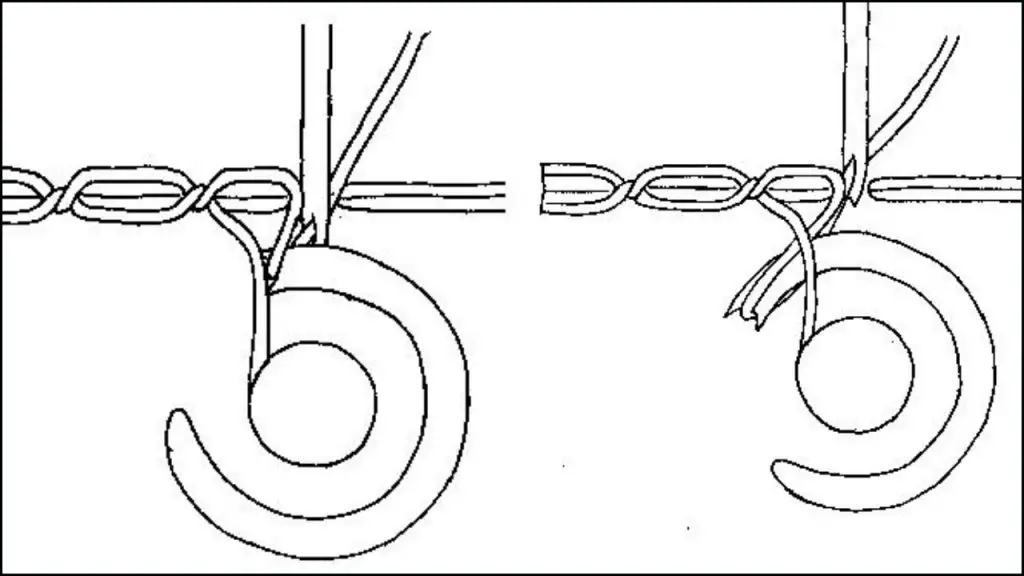
step-4:
In this condition, the needle with needle thread continues to rise, and the thread take-up lever will also continue to rise as well. As a result, the needle thread loop also brings up the bobbin thread when the thread take-up lever is raised. When the tension of the needle and bobbin threads is adjusted well blanched, then the interlacement of these two threads occurs right in the middle of the two layers of fabric. Due to the speed of the feed dog, likewise the fabric goes forward a step at the same time and the machine gets ready for the next stitch to be formed as a result of the speed of the feed dog

During the sewing process, the thread tension of the needle thread and bobbin thread has to be adjusted before the sewing process begins. In order to increase or decrease the tension of the needle thread, a tensioning disk can be used. In addition, it is possible to change the needle thread path through the thread fuse to do so. To adjust the tension of the bobbin thread, the small screw located at the body of the bobbin case has to be adjusted, i.e. by tightening or loosening the screw.
Effect of Tension on Lockstitch Formation:
- Ensure proper tension when stitching the lock stitches so that they are secure and balanced.
- Improper tension can cause threads to break during lock stitching if tension is not maintained properly.
- Having a tension problem can cause fabric puckering or gathering along the seams as a result of tension issues.
- A strong and durable lock stitch is achieved by balancing the tension in the seam to guarantee a strong and durable lock stitch.
- In the performance of the machine, tension has an important impact on the accuracy of the lock stitching.
Precaution:
- Use appropriate needle and thread combinations to ensure needle and thread compatibility.
- Thread tension should be adjusted so that the stitches are consistent and balanced.
- Make sure that the thread ends are secured by backstitching or using a locking stitch to prevent unraveling.
- It is important to ensure accurate needle placement and smooth fabric guidance when handling the needle and fabric.
- The machine should be cleaned and oiled regularly in order to prevent stitching problems in the future.
- It is important to choose the correct needle size for the fabric when sewing.
Conclusion:
It was a successful experiment that demonstrated how lockstitch formation works, and provided participants with a comprehensive understanding of this basic sewing technique through demonstrating the mechanisms of lock stitch formation. We were able to gain valuable insights into how a lockstitch is created by delving into the intricate process and dissecting the roles of various components. Thanks to our teacher for helping us to understand the lockstitch.
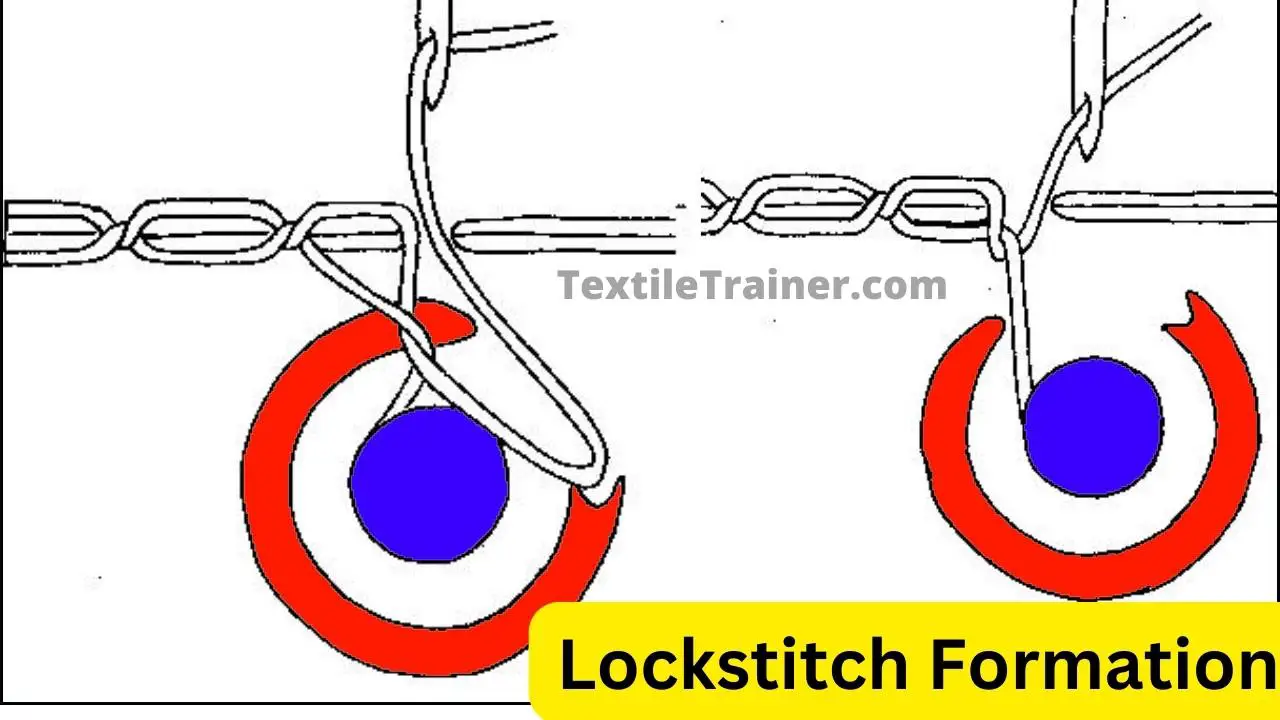
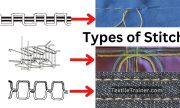





Thanks so much for the blog article. Want more.